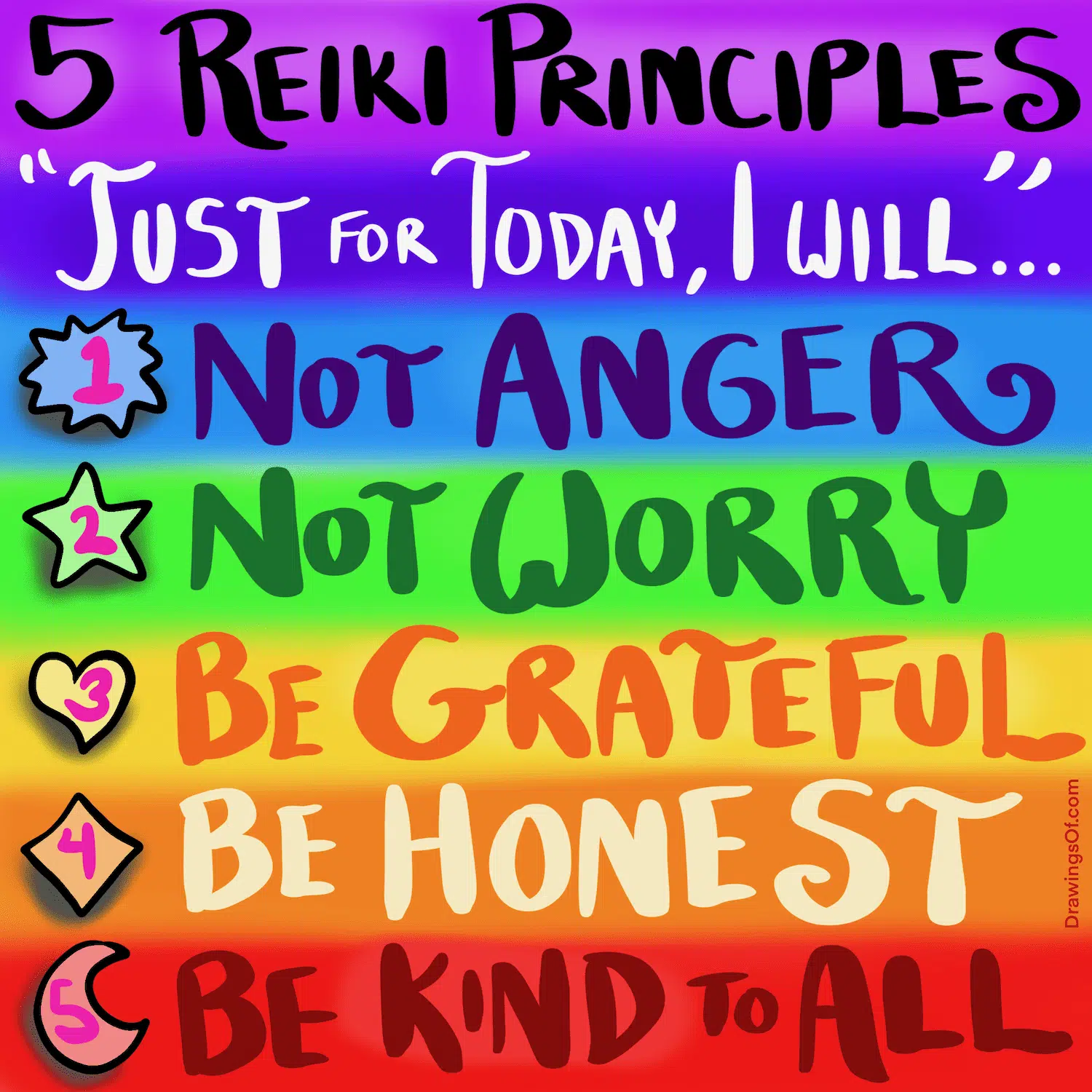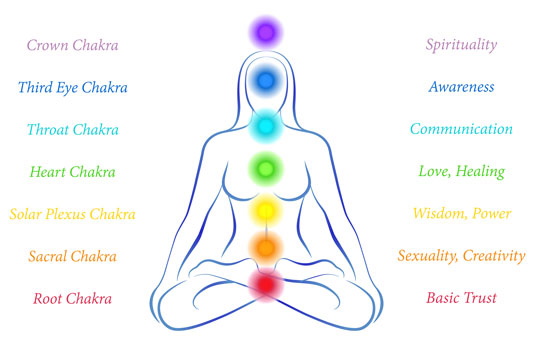In this article, we’ll explore the primary principles and philosophies that set Reiki and Chakra Healing apart. Both practices have gained popularity for their holistic approaches to well-being and their focus on energy healing. By understanding the key differences between Reiki and Chakra Healing, you can better align with the approach that resonates with you and unlock the potential for balance and harmony in your life. Let’s dive in and discover the unique aspects of these two remarkable healing modalities.
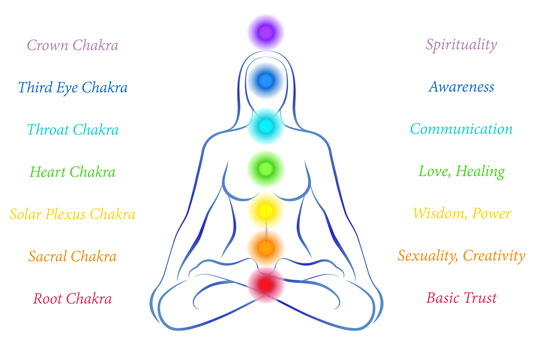
Primary Principles of Reiki
Universal Life Energy
At the core of Reiki practice is the belief in the existence of universal life energy, also known as ki or chi. This life force energy is believed to flow through all living beings and is fundamental to their overall well-being. Practitioners of Reiki aim to tap into and channel this energy to promote healing and balance in the body, mind, and spirit.
Hands-on Healing
Reiki employs a hands-on healing technique where practitioners use gentle touch or hovering hands above the body to transfer healing energy to the recipient. The practitioner acts as a conduit for the universal life energy and directs it to specific areas of the body that require healing or balancing. This hands-on approach allows for a deep sense of connection and physical contact, fostering a feeling of comfort and relaxation.
Chakra Balancing
Reiki places a strong emphasis on the energy centers in the body known as chakras. These seven main chakras are believed to be responsible for the proper flow of energy throughout the body. Reiki practitioners work to identify and balance any blocked or compromised chakras, allowing energy to flow freely and restoring overall well-being.
Primary Principles of Chakra Healing
Energy Centers
Chakra healing revolves around the idea that the body contains several energy centers, or chakras, which are interconnected and responsible for different aspects of our physical, emotional, and spiritual well-being. Chakra healing seeks to align and balance these energy centers, ensuring the smooth flow of energy throughout the body.
Balancing the Chakras
Chakra healing techniques aim to identify and correct any imbalances in the chakras, which may lead to physical or emotional distress. By stimulating and balancing the chakras through various methods, such as meditation, visualization, or specific exercises, chakra healing promotes holistic well-being and harmony within oneself.
Healing through Kundalini
Kundalini energy is a potent force believed to reside at the base of the spine. Chakra healing often involves awakening and harnessing this powerful energy to facilitate spiritual growth and transformation. Kundalini energy is said to rise through the chakra system, awakening each chakra along the way, leading to a heightened spiritual awareness and connection.
Differences in Philosophies
Origin and Practice
Reiki originated in Japan in the early 20th century and was developed by Mikao Usui. It is based on the principles of universal life energy and focuses on hands-on healing and chakra balancing. Chakra healing, on the other hand, draws its roots from ancient Indian and yogic traditions, where the chakras are seen as energy centers within the body.
Focus and Approach
Reiki places a strong emphasis on channelling universal life energy through the practitioner for the purpose of healing. It considers the entire body, mind, and spirit as interconnected and seeks to promote balance and harmony within the individual. Chakra healing is centered around balancing and aligning the specific energy centers in the body, with the aim of enhancing overall well-being and spiritual growth.
Spirituality vs. Science
While both Reiki and chakra healing incorporate spiritual elements, Reiki is often perceived as a more spiritual and intuitive practice. Chakra healing, on the other hand, can be approached from a more scientific perspective, focusing on the anatomy and energy flow within the body. Both modalities, however, embrace the idea that our energetic balance directly impacts our physical and emotional health.
Benefits of Reiki
Physical and Emotional Healing
One of the primary benefits of Reiki is its ability to promote physical and emotional healing. By working with the body’s natural energy flow, Reiki can alleviate symptoms of pain, reduce inflammation, and accelerate the body’s natural healing processes. Additionally, Reiki can help release emotional blockages, reduce stress, and bring a sense of calm and relaxation.
Stress Reduction
In our fast-paced and demanding lives, stress has become a pervasive issue. Reiki can be instrumental in reducing stress levels by promoting deep relaxation and releasing tension from the body and mind. Many people experience a profound sense of peace and tranquility during and after a Reiki session, helping them better cope with the challenges of daily life.
Enhanced Overall Well-being
Regular Reiki sessions can contribute to a greater sense of overall well-being. Through its holistic approach to healing, Reiki addresses not only physical symptoms but also emotional and spiritual aspects of our being. By restoring energetic balance and promoting self-awareness, Reiki can lead to improved mood, enhanced clarity, and a heightened sense of vitality.
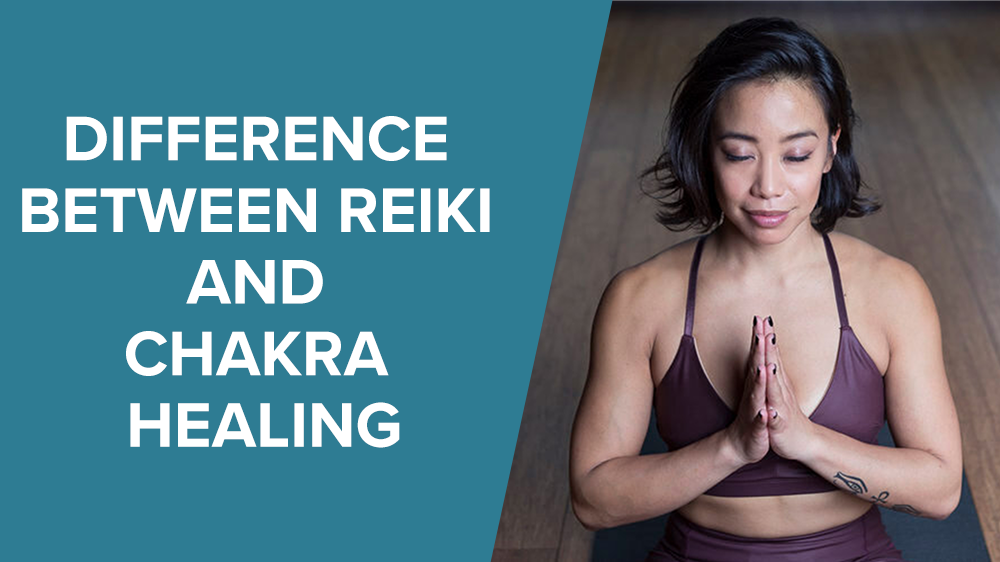
Benefits of Chakra Healing
Holistic Healing
Chakra healing operates on the principle that a balanced and harmonious energy flow through the chakras leads to optimal physical, emotional, and spiritual health. By addressing imbalances in the energy centers, chakra healing promotes a holistic approach to healing that encompasses all aspects of the individual’s well-being.
Self-awareness and Balance
Working with the chakras requires a deep level of self-awareness and introspection. Chakra healing can help individuals become more attuned to their thoughts, emotions, and energetic patterns, enabling them to identify and address any imbalances or blockages. Through this process, individuals can achieve a greater sense of balance and harmony within themselves.
Enhanced Connection to Self and Others
Chakra healing practices can facilitate a deeper connection to oneself and others. By bringing the chakras into alignment, individuals may experience heightened intuition, empathy, and a greater capacity for understanding and compassion. This enhanced connection can lead to improved relationships and a more profound sense of belonging within one’s community.
Integration of Reiki and Chakra Healing
Combined Healing Modalities
Reiki and chakra healing are highly compatible and can be seamlessly integrated into a single healing practice. The hands-on healing techniques of Reiki work in tandem with chakra healing, allowing for the harmonization of both the body’s energy field and the specific chakra centers. This integration enhances the overall effectiveness and depth of the healing experience.
Complementary Practices
Practitioners may choose to combine Reiki and chakra healing with other complementary practices, such as aromatherapy, sound healing, or crystal therapy. These practices can augment the effects of Reiki and chakra healing, intensifying the healing experience and promoting further energetic balance.
Enhanced Energy Flow
The integration of Reiki and chakra healing results in a synergistic effect that can greatly enhance the flow of energy within the body. Reiki helps to release stagnant or blocked energy, while chakra healing ensures that the energy centers are balanced and functioning optimally. The combination of these modalities allows for a profound and transformative energetic experience.
Training and Certification
Reiki Training and Attunements
To become a Reiki practitioner, individuals must undergo specific training and receive attunements from a Reiki Master. Reiki training typically consists of several levels or degrees, each building upon the previous one. Attunements are energetic initiations that open the practitioner to the flow of Reiki energy, increasing their ability to channel and transmit healing energy.
Chakra Healing Workshops
Chakra healing workshops provide individuals with the knowledge and practical skills necessary to work with and balance the chakras. These workshops often include instruction on meditation, visualization, and energy healing techniques specific to the chakras. Participants learn how to assess the state of their chakras and develop personalized practices for healing and balancing.
Practitioner Certification
Practitioner certification is available for both Reiki and chakra healing. Certification programs ensure that practitioners have met specific requirements and demonstrate a competent understanding of the principles and techniques involved. Certification provides credibility and reassurance to clients seeking professional practitioners.
Ethics and Practices
Code of Conduct
Both Reiki and chakra healing adhere to ethical standards to ensure the well-being and safety of both practitioners and clients. Practitioners are expected to maintain confidentiality, respect clients’ boundaries, and conduct themselves in a professional and responsible manner. Ethical guidelines also include proper consent, ongoing self-care, and maintaining the practitioner-client relationship within appropriate boundaries.
Client Relationship
Practitioners of Reiki and chakra healing build a supportive and holistic relationship with their clients. They aim to create a safe and trusting space where clients feel comfortable sharing their personal experiences and concerns. This relationship fosters open communication and collaboration in the healing process, ensuring that the practitioner can tailor their approach to meet the unique needs of each individual.
Continuing Education and Growth
Both Reiki and chakra healing emphasize the importance of continuous learning and personal growth for practitioners. Ongoing education allows practitioners to deepen their understanding of energy healing, expand their skill sets, and stay up-to-date with current practices and research. By continually developing their expertise, practitioners can provide the highest quality of care to their clients.
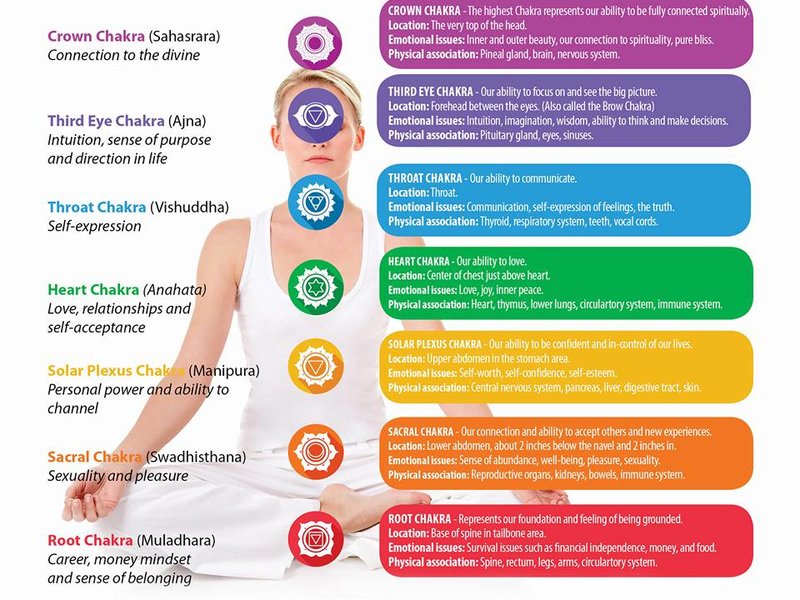
Case Studies and Experiences
Personal Testimonials
Countless individuals have reported positive experiences and transformative outcomes from Reiki and chakra healing. Personal testimonials often highlight the deep sense of relaxation, emotional release, and physical healing experienced during and after sessions. Many individuals credit Reiki and chakra healing for helping them overcome various health conditions, reducing stress, and promoting overall well-being.
Practical Applications
Reiki and chakra healing have found practical applications in various settings and professions. They are frequently used to support traditional medical treatments, holistic wellness practices, and spiritual growth. These modalities have been employed in hospitals, wellness centers, counseling practices, and the personal lives of individuals seeking self-care and personal growth.
Research and Studies
While scientific research on Reiki and chakra healing is still emerging, there is a growing body of evidence supporting their effectiveness. Studies have found that Reiki can reduce pain, anxiety, and depression while improving quality of life. Chakra healing research explores the relationship between the chakras and physical or psychological conditions, further validating the principles and practices underlying these modalities.
Criticism and Controversies
Lack of Scientific Evidence
One commonly raised criticism of Reiki and chakra healing is the lack of scientific evidence to support their effectiveness. Skeptics argue that the observed positive outcomes may be attributed to the placebo effect rather than any inherent benefits of the modalities themselves. While research is ongoing, it is important to recognize that personal experiences and testimonials serve as valuable anecdotal evidence for many individuals.
Unauthorized Practitioners
Another concern is the presence of unauthorized practitioners who may lack the proper training and understanding of the principles behind Reiki and chakra healing. It is essential for individuals seeking these modalities to ensure that they work with certified practitioners who uphold ethical standards and have received appropriate training.
Misuse and Misunderstanding
Misuse and misunderstandings surrounding Reiki and chakra healing can also lead to criticism. These modalities are increasingly popular, but there may be instances where individuals claim to offer Reiki or chakra healing without a proper understanding or training. It is crucial to seek practitioners who have obtained certification and to clearly communicate expectations and goals for the healing process.
In conclusion, Reiki and chakra healing are distinct but complementary modalities that offer unique approaches to healing and well-being. Each has its primary principles, philosophies, and benefits, and they can be integrated to create a comprehensive healing experience. While skepticism and criticism exist, personal experiences, research, and ethical practices contribute to the growing recognition and acceptance of these healing modalities in both the spiritual and scientific communities.
